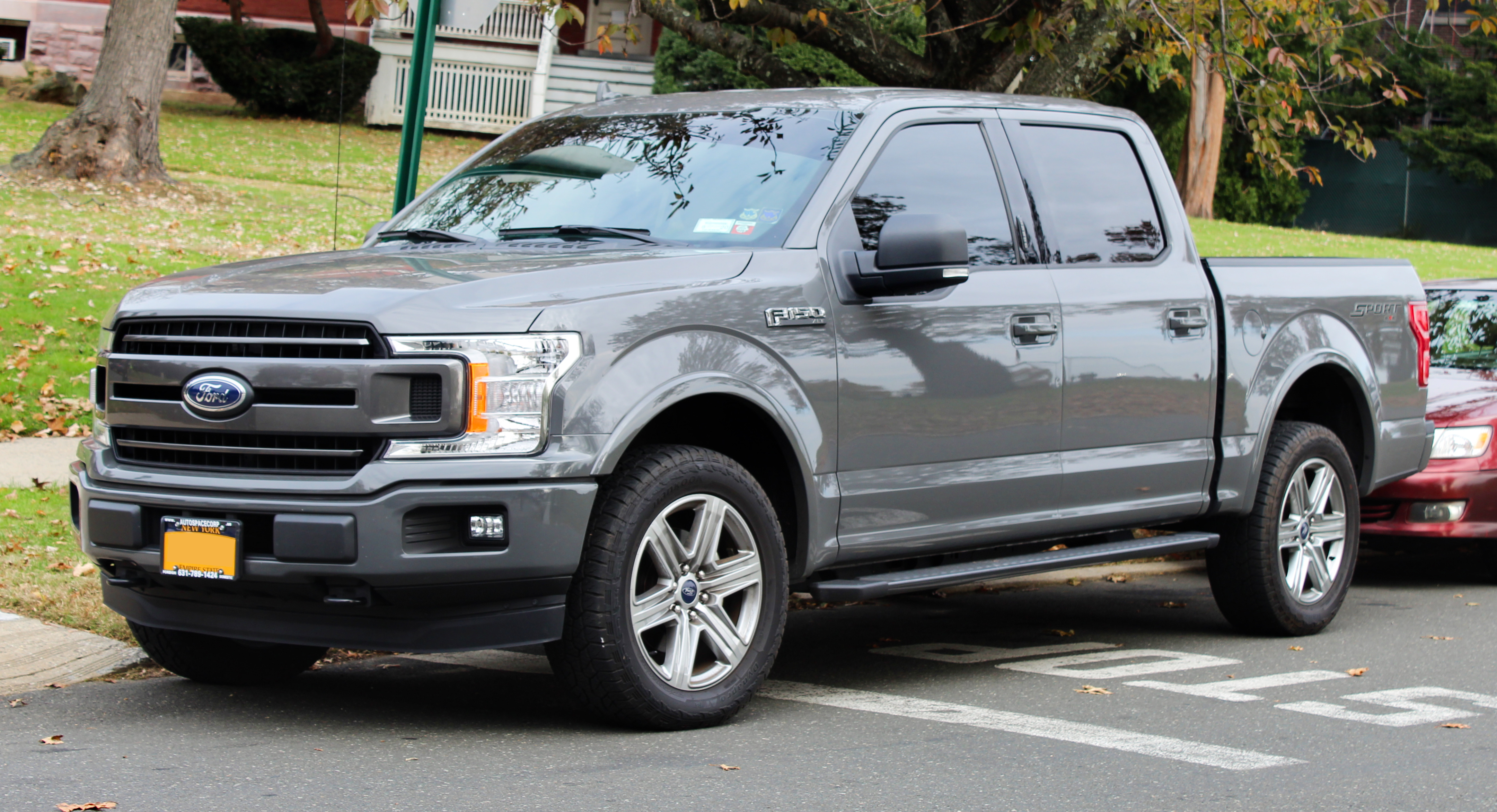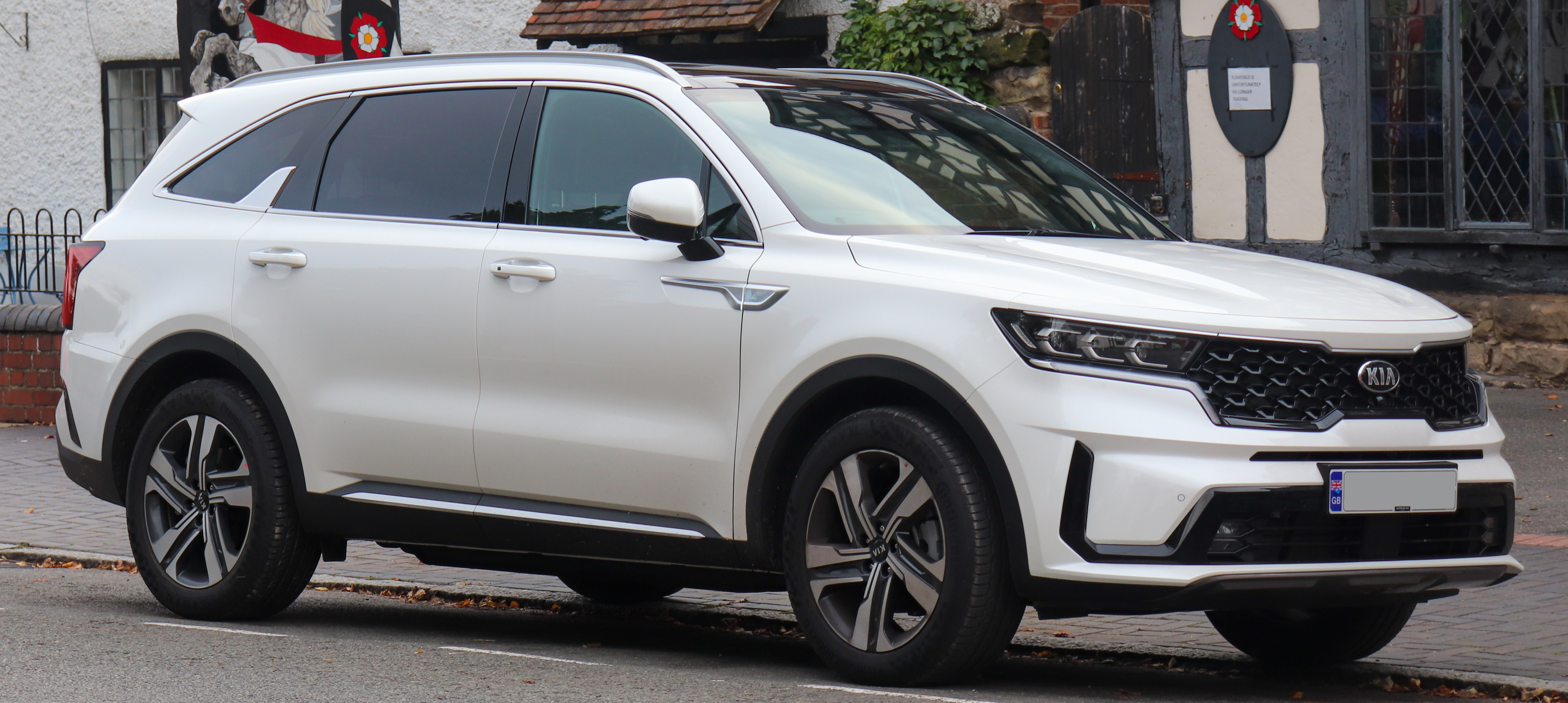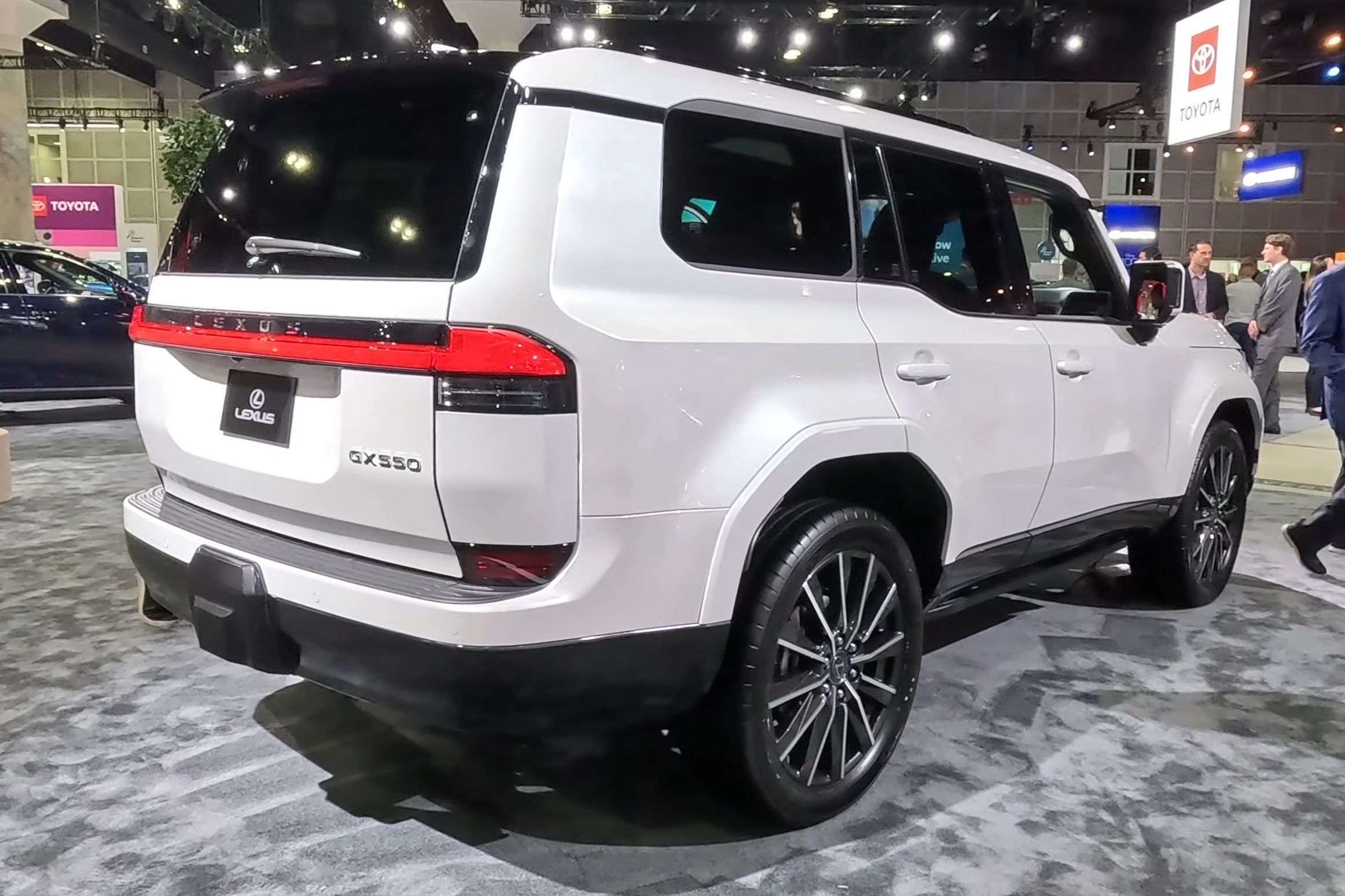
Recently, a noticeable trend has emerged where consumers are increasingly hesitant to buy new vehicles, which mirrors a significant sentiment shift in the automotive market, especially with average transaction prices nearing $47,000. As a result, many buyers are turning their attention to the used car and off-lease markets, realizing that these options often deliver better value and still feature highly desirable designs and attributes. The once irresistible charm of owning a ‘new’ car, associated with status and cutting-edge technology, is being overshadowed by a growing belief that many new models, regardless of their fuel types, may actually be less impressive than some of their predecessors.

Indeed, some buyers are taking their skepticism towards new technology to a higher level. Take Lee Klancher, an Austin-based publisher, who admired the new 2024 Lexus GX550 SUV for its stylish look and advanced twin-turbo V6, yet ultimately opted for a lightly used 2023 GX460—his preference for the reliable naturally aspirated V8 proved stronger than his initial excitement. Klancher’s choice was influenced not only by performance considerations but also by a desire to sidestep the potential challenges that often accompany first-year models and unproven technology.

Adapting to new automotive technologies can be quite intimidating, leaving many consumers anxious about what goes on under the hood and inside the cabin. This anxiety is reflected in the dissatisfaction of those considering used vehicles, many of whom are frustrated by modern cars’ reliance on touch screens and capacitive switches. The transition from physical buttons to touch-sensitive controls has become a source of irritation for many drivers, leading to increased distraction instead of the anticipated enhancement in functionality.

For example, John W. Lindsey, an attorney in Davis, California, shared his experience with a brand-new Kia Sorento, finding its user interface so complicated that it only made him appreciate his older Tahoe more. Lindsey’s feelings resonate with countless others who struggle with the steep learning curves of today’s modern interfaces. Similarly, Dan Barkin, a retired newspaper editor from Clayton, North Carolina, humorously compared mastering his wife’s new Toyota Highlander to needing a semester at MIT just to figure out how to operate the turn signal.

Moreover, some people have begun to view their cars as mere transportation tools rather than sources of enjoyment and excitement. Bob Burns, an off-road driving instructor, encapsulated this sentiment when he remarked, “They are tools that are reliable to move you physically but no longer emotionally.” This viewpoint highlights how the thrill of driving has waned in light of new technological norms, prompting many to cling to the nostalgia of past vehicles.

The result of this cultural shift has been the loss of unique models that once defined the automotive landscape. Only a generation ago, car buyers had access to a plethora of quirky, affordable vehicles, such as the Honda Element and Scion xB. Today, that rich variety has all but disappeared, replaced by a more homogenized selection of vehicles that prioritize profit margins over consumer choice.

As we prepare to examine the specific cars that consumers are turning their backs on, it’s crucial to understand that this phenomenon is rooted in a complex interplay of factors—ranging from economic pressures to emotional connections with vehicles. The landscape of the automotive industry is evolving, and the choices consumers make today will shape the future of car design and manufacturing for years to come. With that in mind, let’s dive into the list of 11 brand new cars that have fallen out of favor with today’s buyers, revealing the intricate tapestry of desires, fears, and expectations that define the modern automotive market.
1. **Toyota Land Cruiser**: Once synonymous with rugged luxury, the latest Toyota Land Cruiser has come under fire for both its hefty price tag and diminished off-road capabilities. Enthusiasts are lamenting the loss of beloved traditional features, making the new version less appealing compared to its revered predecessors.

2. **Mini Cooper**: The redesigned Mini Cooper has strayed from its playful origins, leading many fans to express disappointment over its increased size and weight. The quirky charm that once characterized this compact car seems to have faded away, leaving potential buyers yearning for the spirited drive of the original model.

3. **Ford Mustang**: The iconic Ford Mustang is being scrutinized for losing some of its performance edge in favor of modern tech features. As the muscle car market evolves, loyal enthusiasts have concerns that the latest models prioritize comfort and technology over raw driving pleasure, leading many to seek earlier versions instead.

4. **Toyota Crown (formerly Avalon)**: With the rebranding of the Avalon to the Toyota Crown, many consumers feel that the change comes with unwanted complexities and a departure from the vehicle’s previous identity. Buyers are reluctant to embrace a name change that seems to signal a shift away from the classic luxury that the Avalon represented.

5. **Ford F-150**: Despite being a best-seller, the new Ford F-150 has faced pushback due to its increased reliance on technology and higher price tag. Many traditional truck buyers are wary of modern features that complicate the user experience, leading them to prefer older, simpler models that are more practical for everyday use.

6. **BMW Models**: A broad range of BMW models has come under fire as fans feel the brand has strayed from its performance-oriented roots. The addition of complex tech features and higher prices have led consumers to reconsider their loyalty, often opting for vintage models that offer the driving experience they crave.

7. **Kia Sorento**: The modern user interface of the Kia Sorento has garnered mixed reviews, with many drivers feeling overwhelmed by its complexity. Navigating touchscreen controls often detracts from the driving experience, prompting some users to prefer older, simpler models that don’t require a steep learning curve.

8. **Toyota Highlander**: For prospective buyers, the new Toyota Highlander has become a prime example of how modern cars can feel excessively complicated. Mounting complaints regarding the steep learning curve for basic operations contribute to a growing perception of the Highlander as less user-friendly when compared to its predecessors.

9. **2024 Lexus GX550**: Although admired for its aesthetic, the new Lexus GX550 has drawn skepticism due to its advanced tech and first-year model status. Buyers are opting for the tried-and-true 2023 GX460, valuing reliability over the allure of the latest innovations, showcasing a broader trend of caution among consumers.

In conclusion, the decline in popularity of certain new car models prompts a critical look at the automotive industry’s future. Automakers must skillfully balance innovation with the rising consumer preference for simplicity and reliability. The nostalgia for traditional vehicles significantly sways purchasing decisions, indicating that manufacturers need to adapt their products to resonate with this sentiment. As the automotive landscape evolves, a deep understanding of modern driver preferences will be crucial for ensuring sustained success in an increasingly competitive market.
Related posts:
The Pushback on New Automobile Purchases … No One Wants a New Car Now. Here’s Why.
No One Wants a New Car Now. Here’s Why.
New Cars Are Increasingly Becoming Just For Rich People, And Even Some Dealers Hate It





